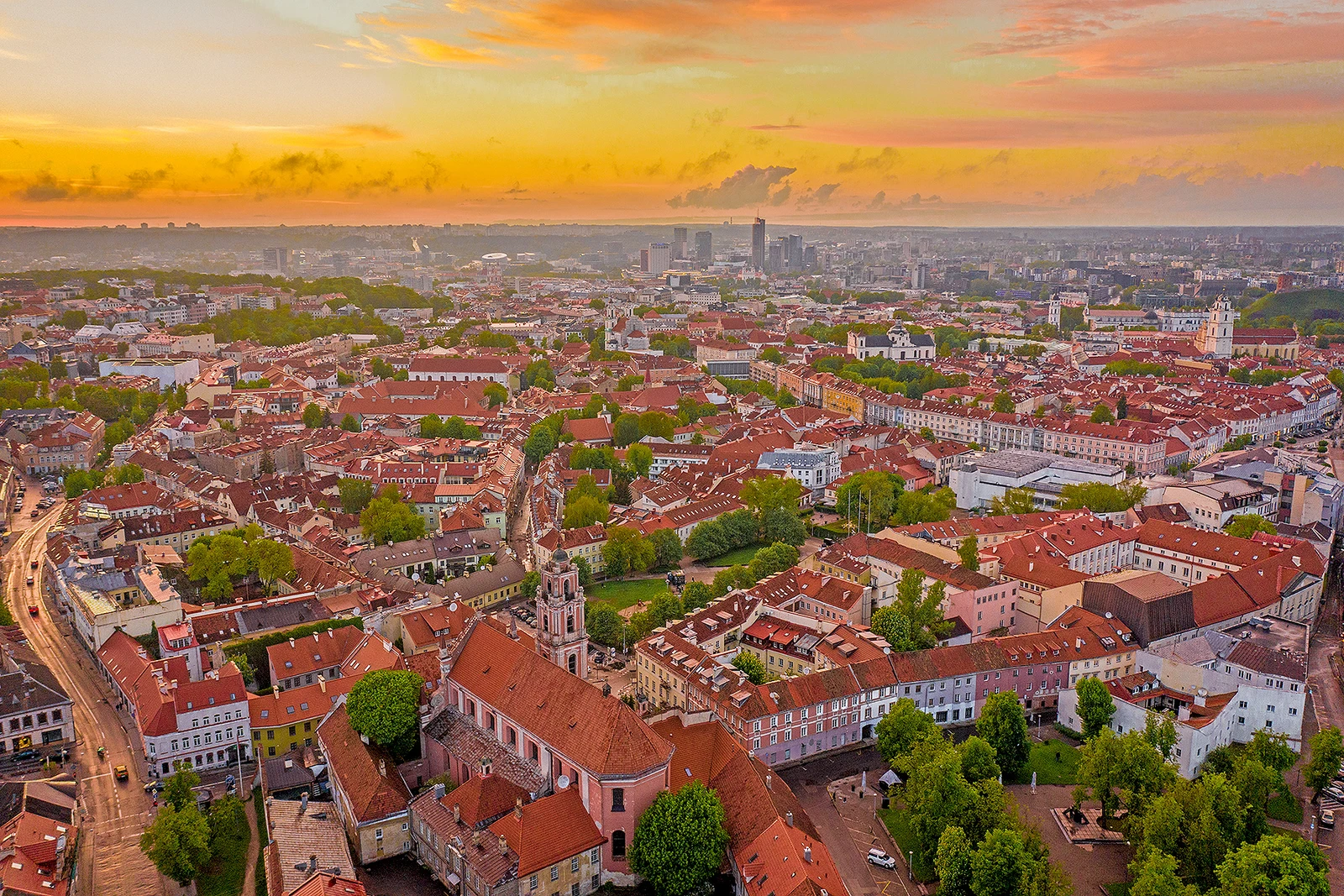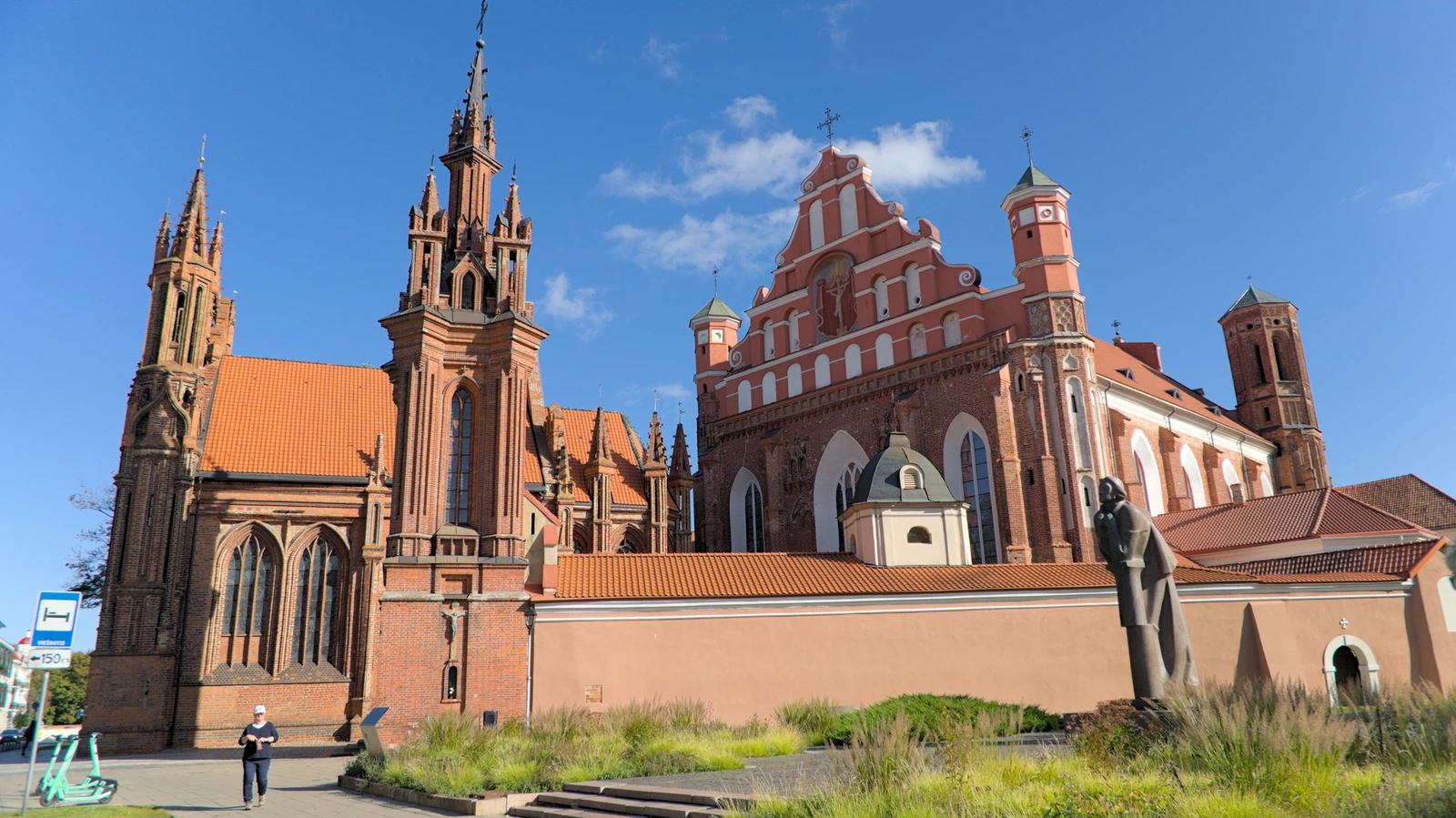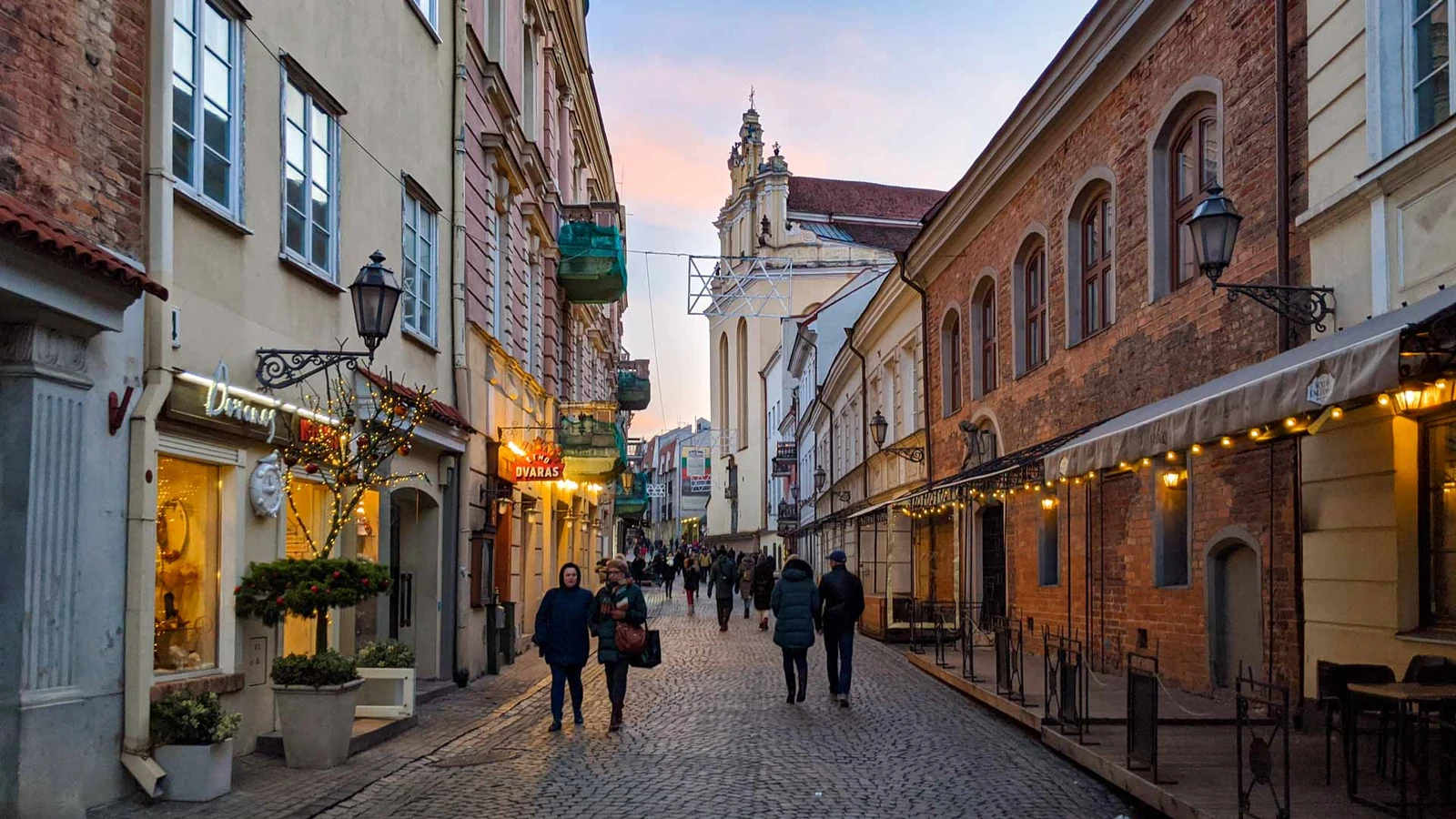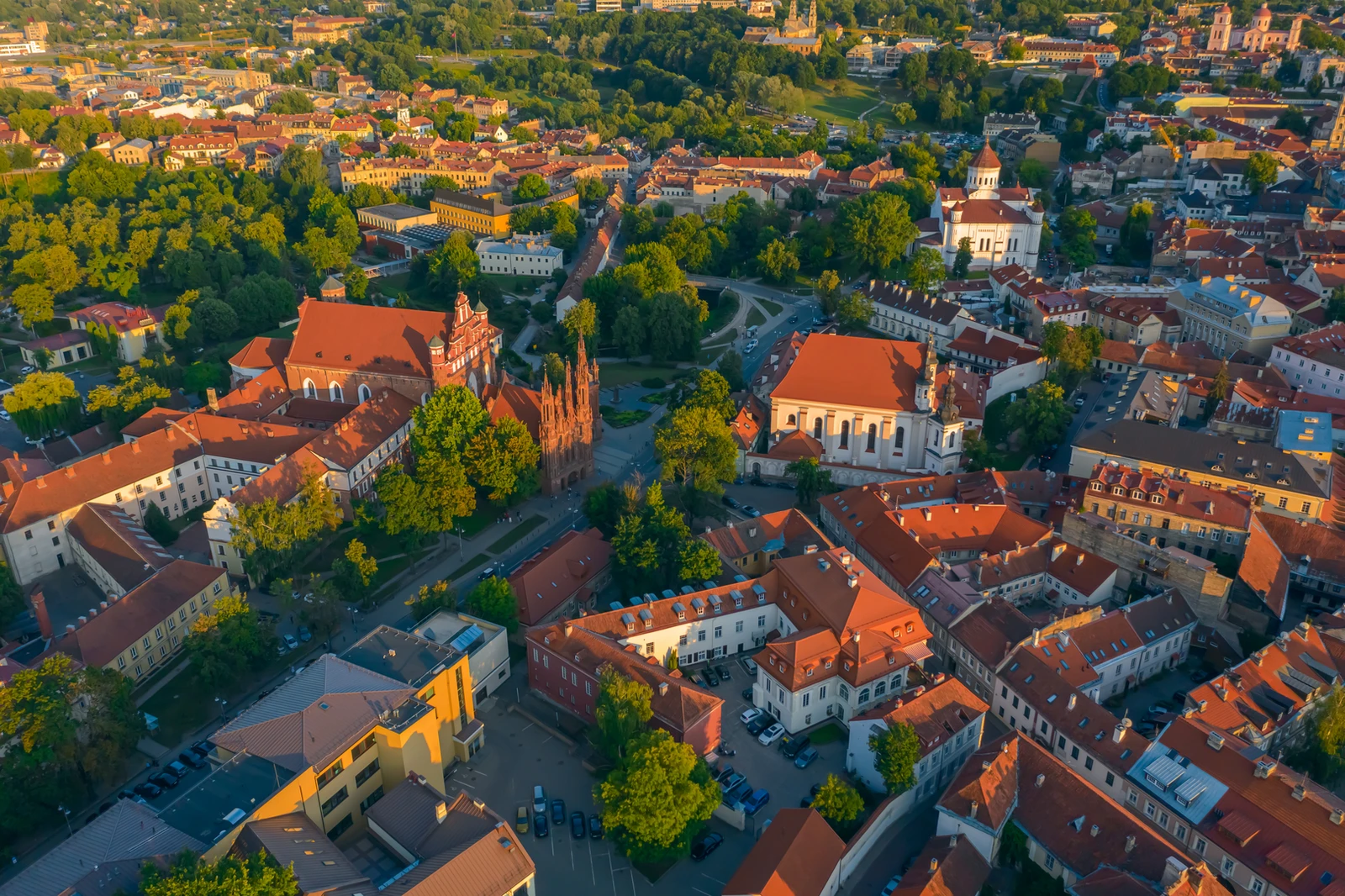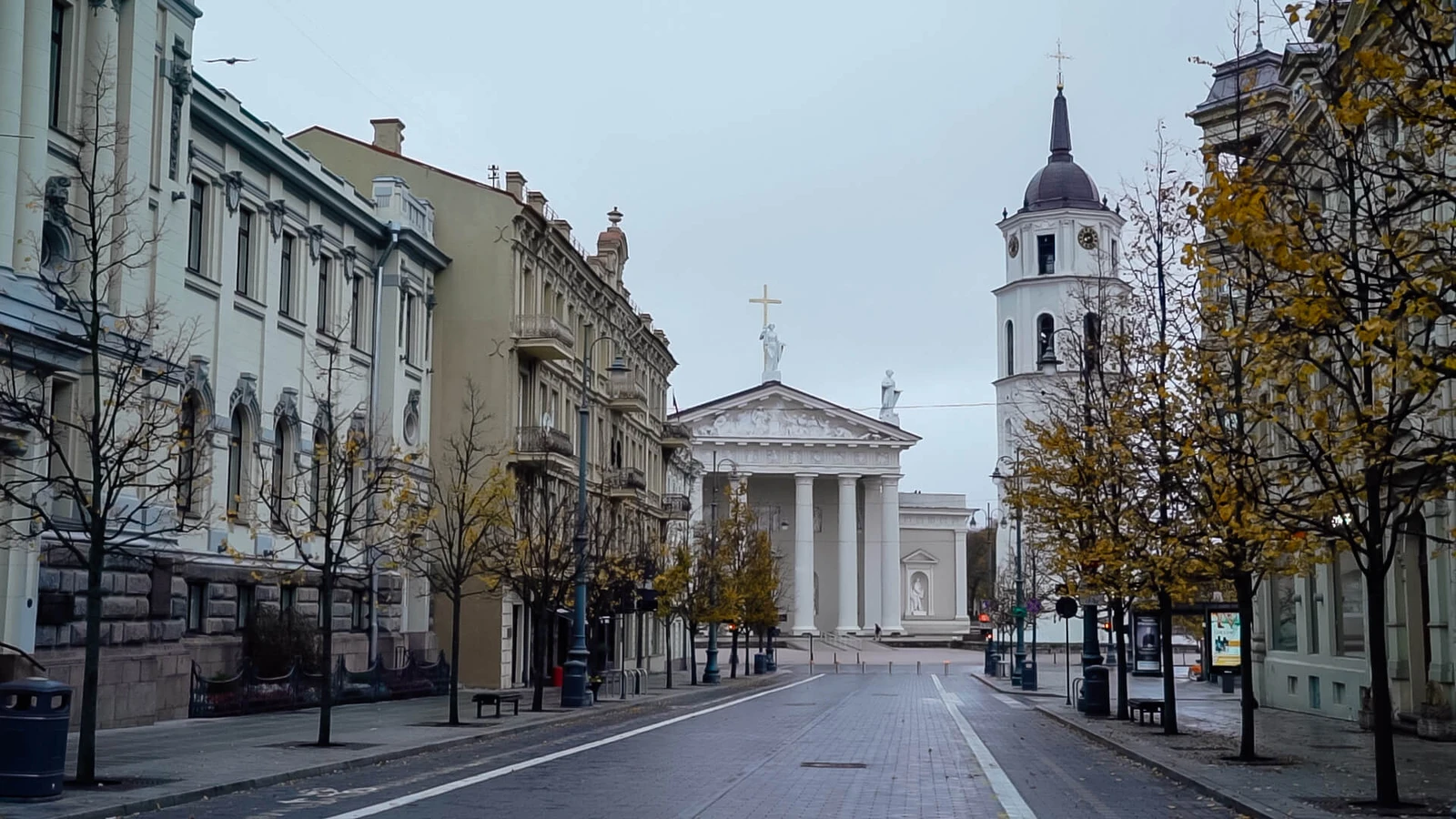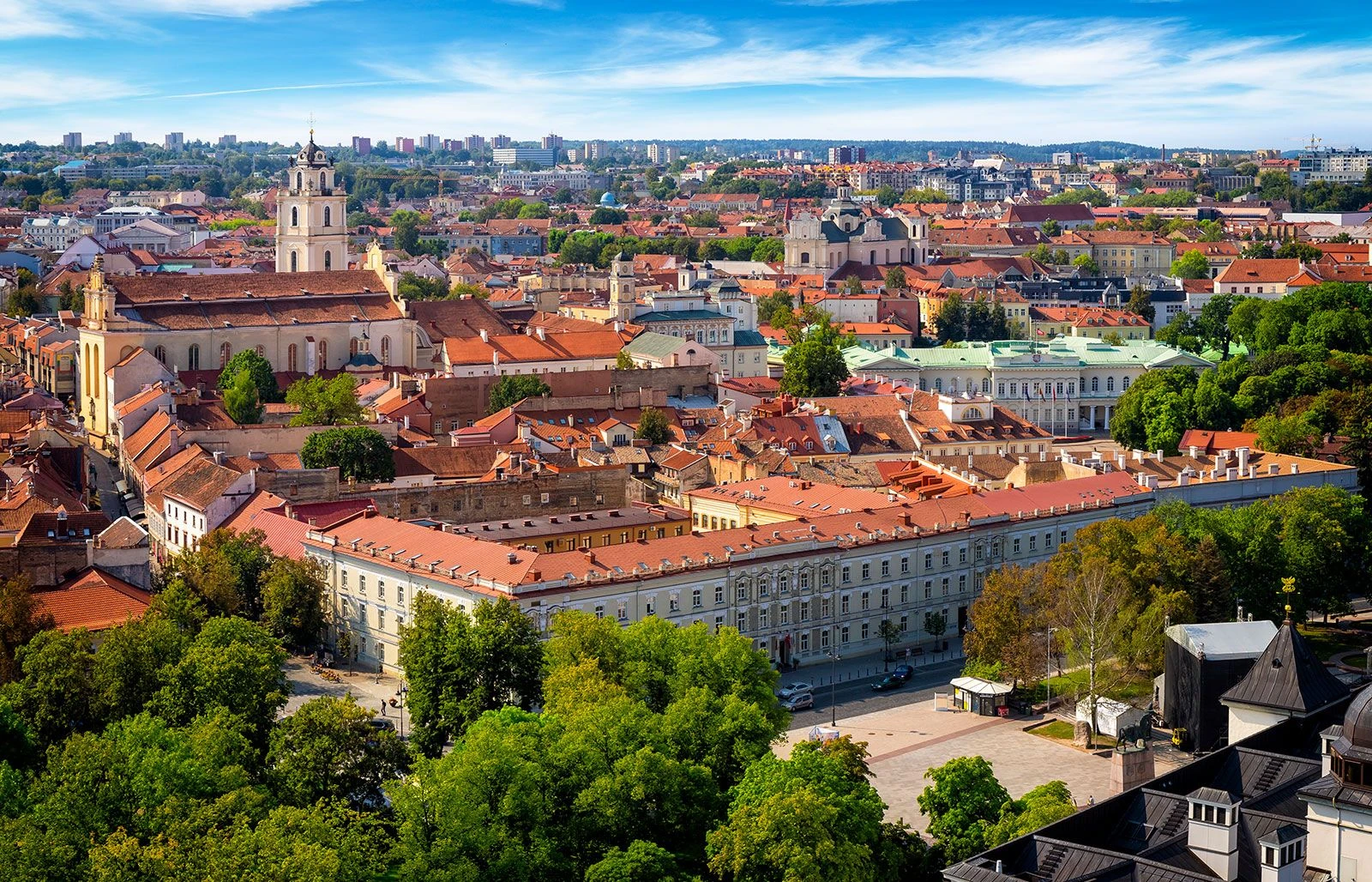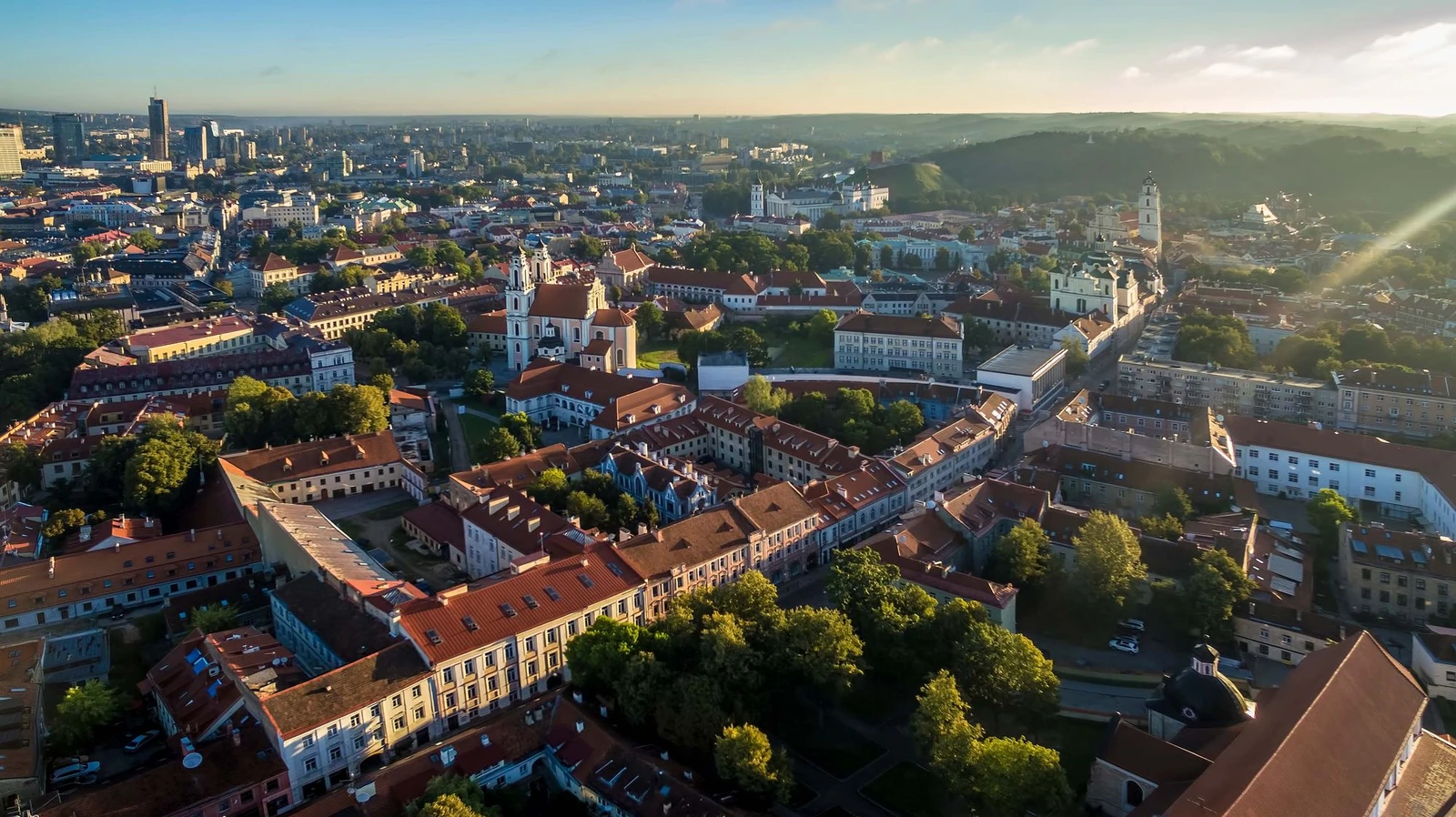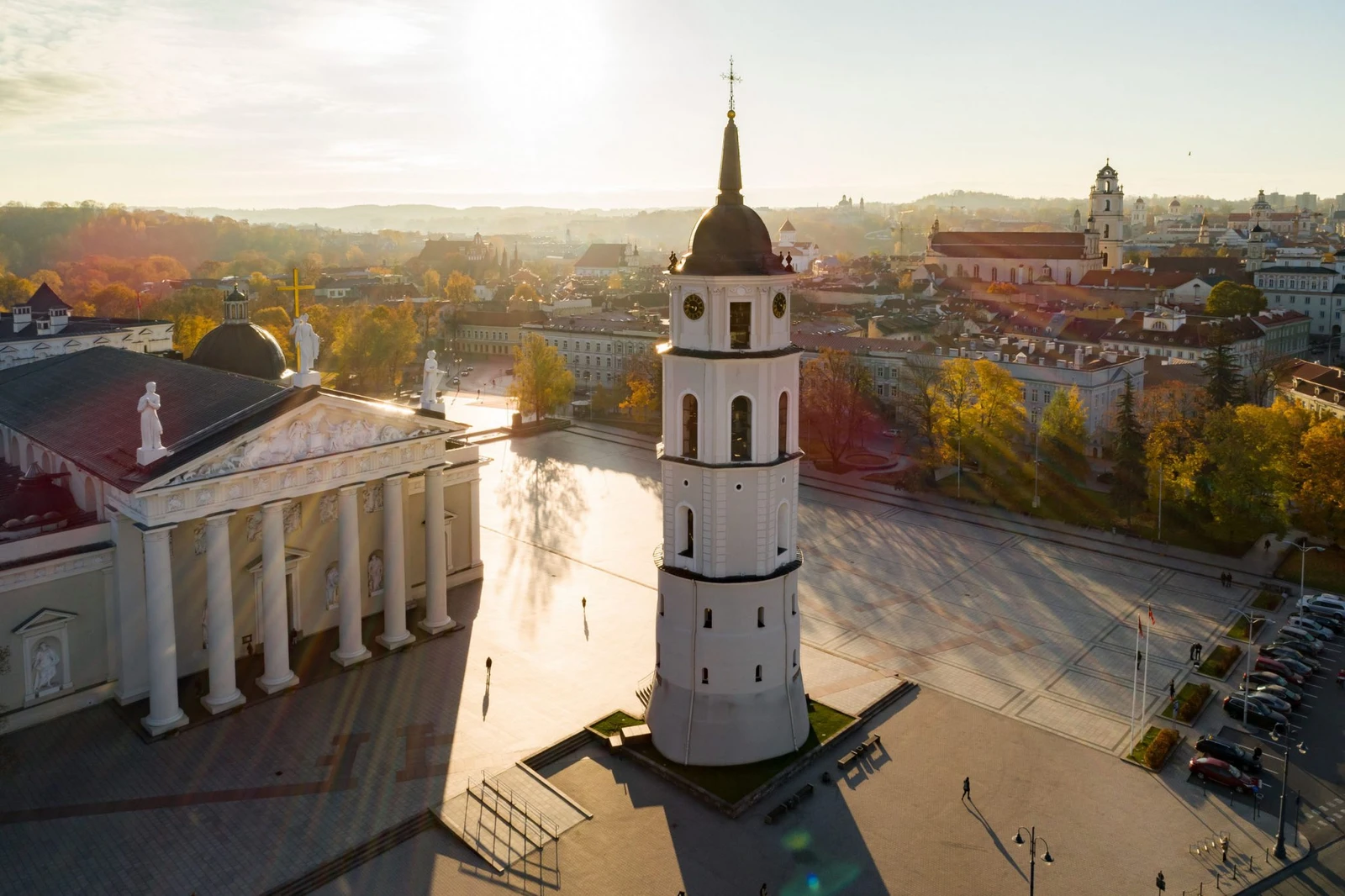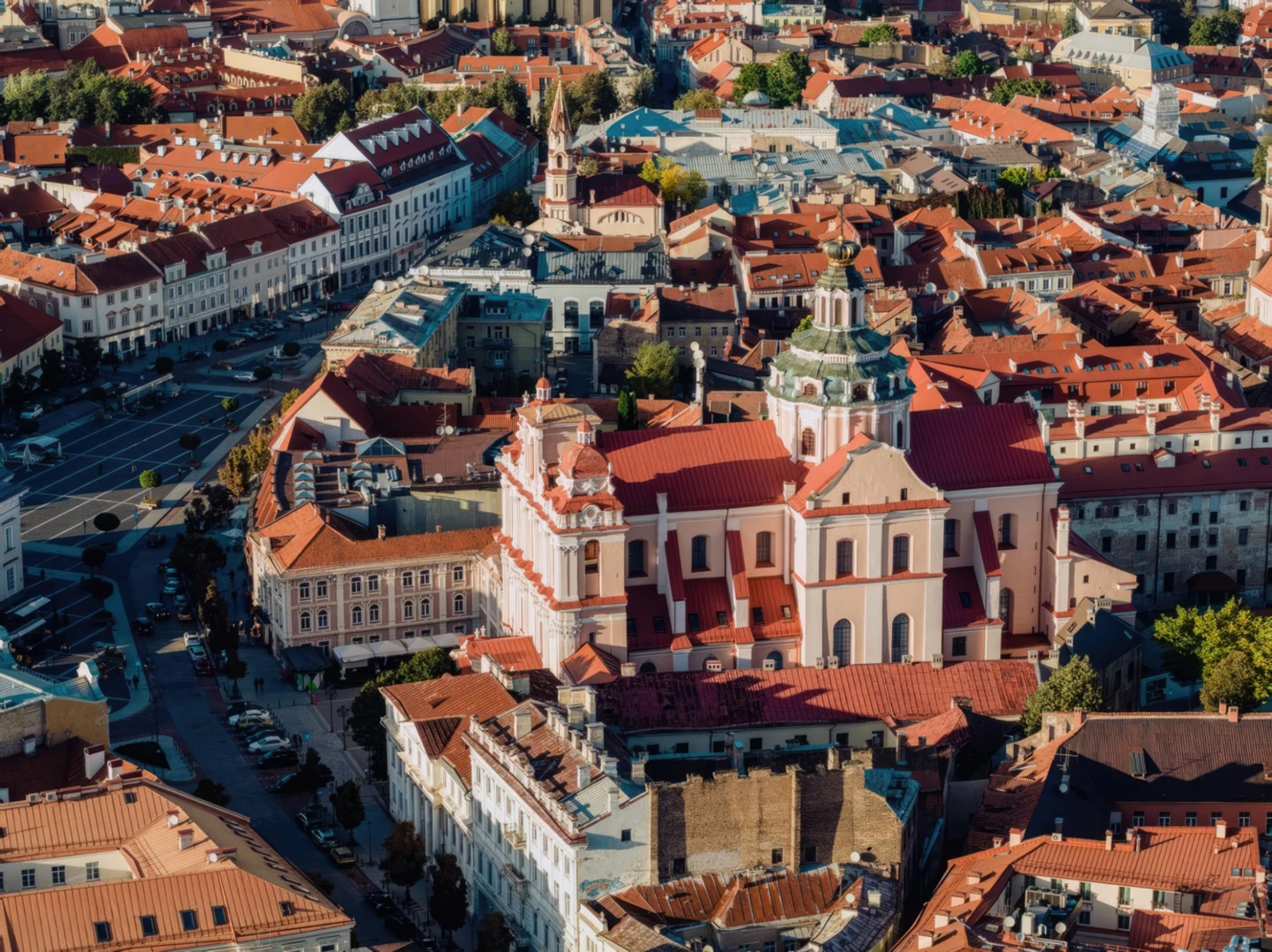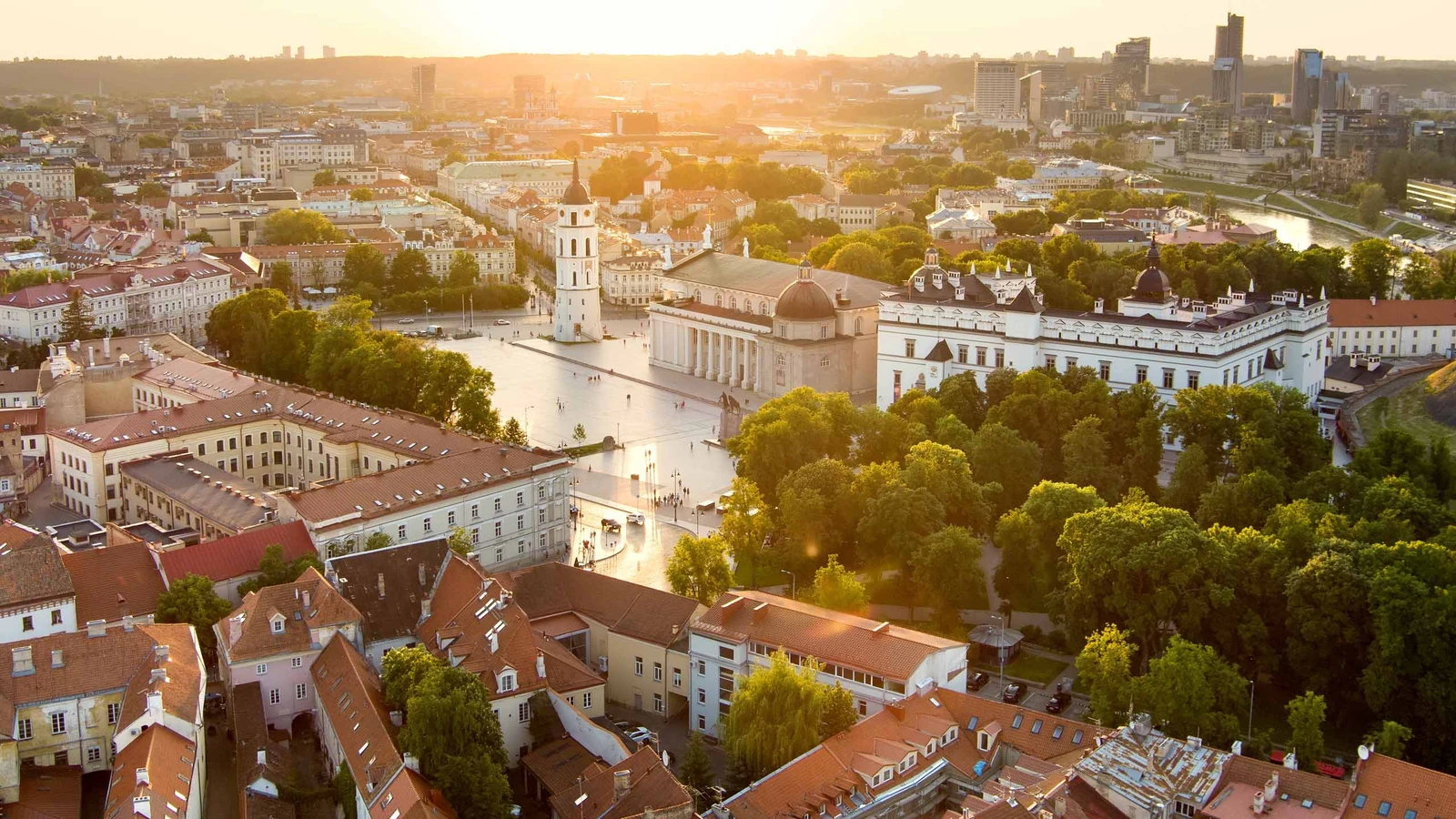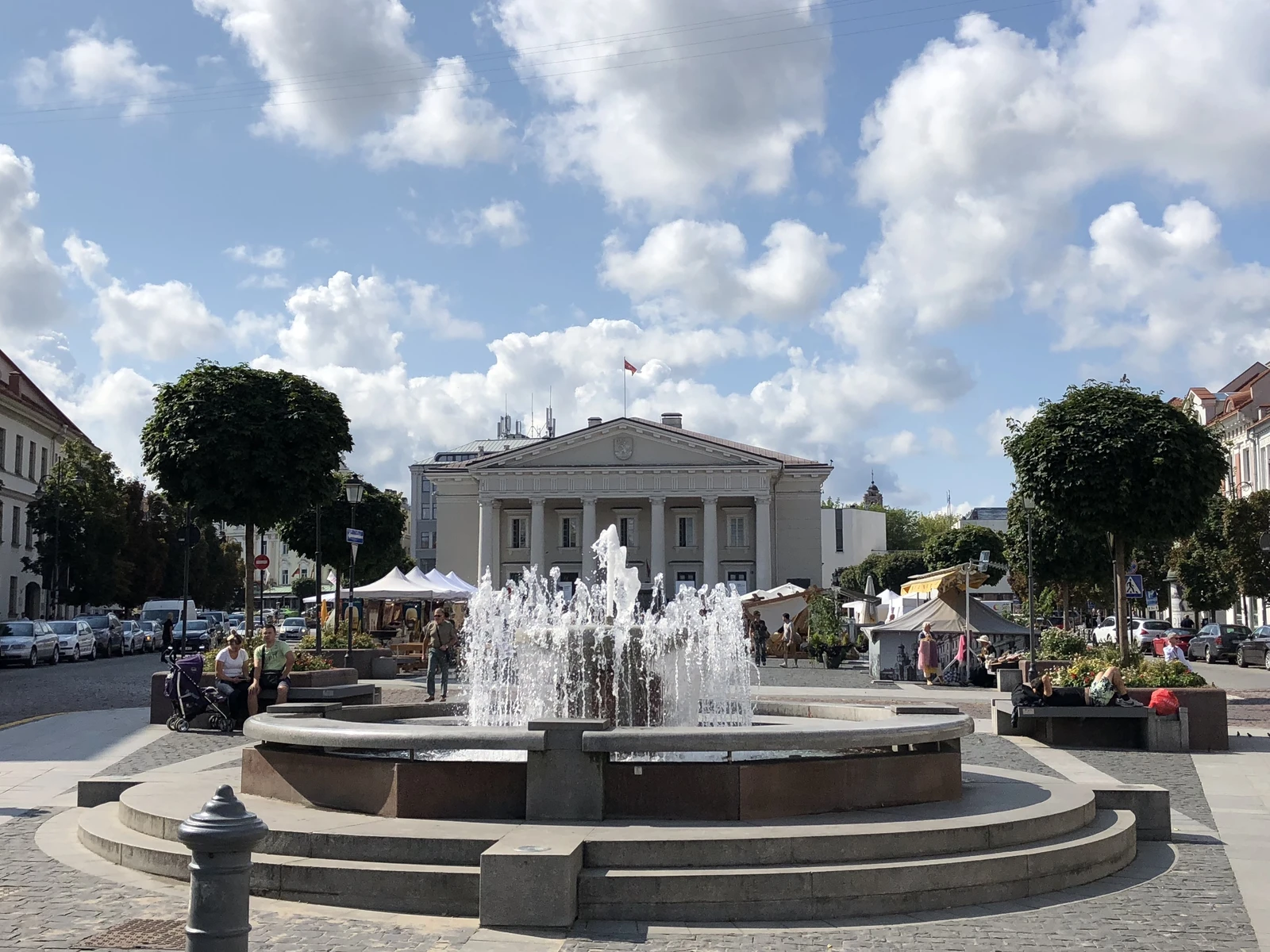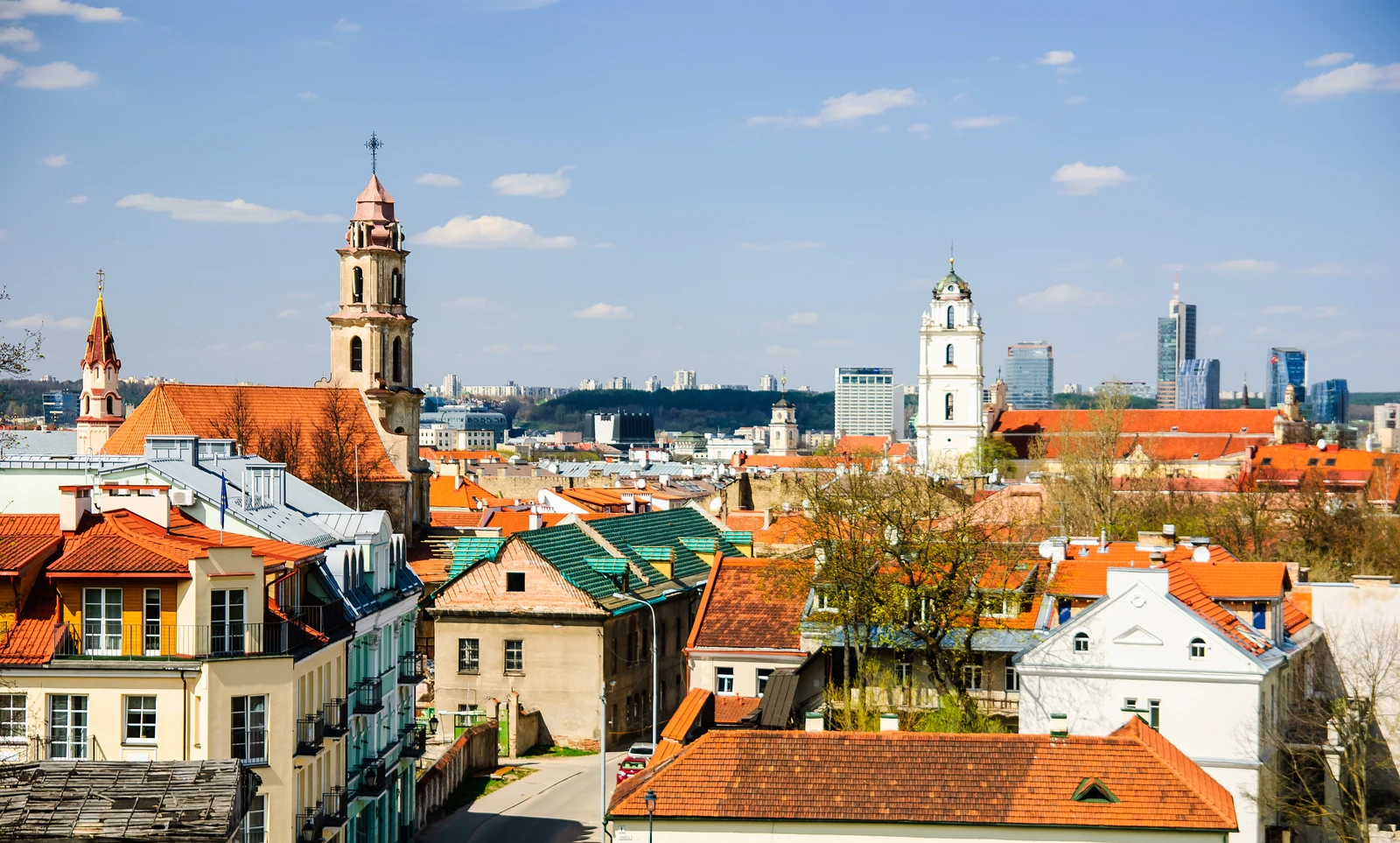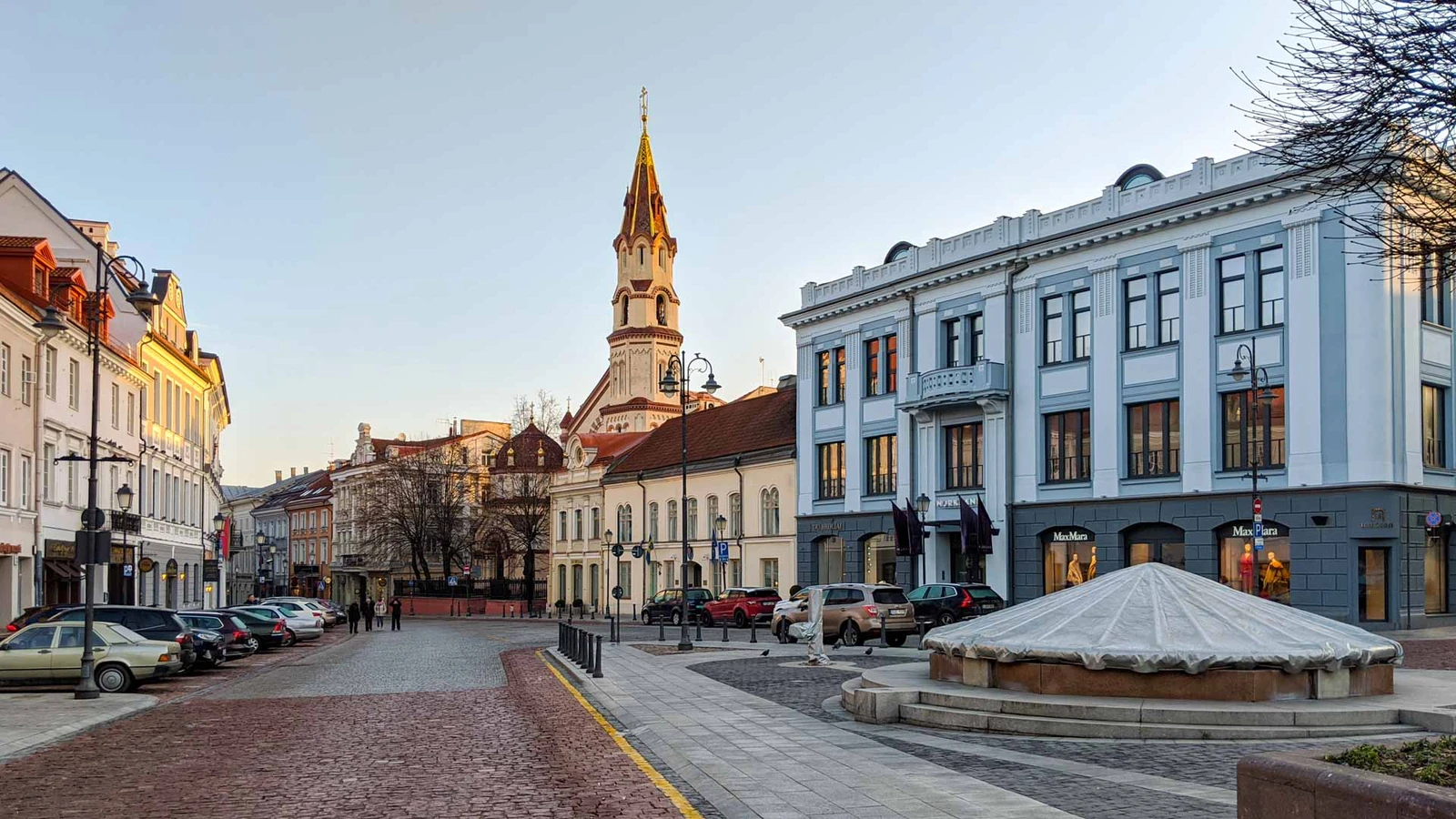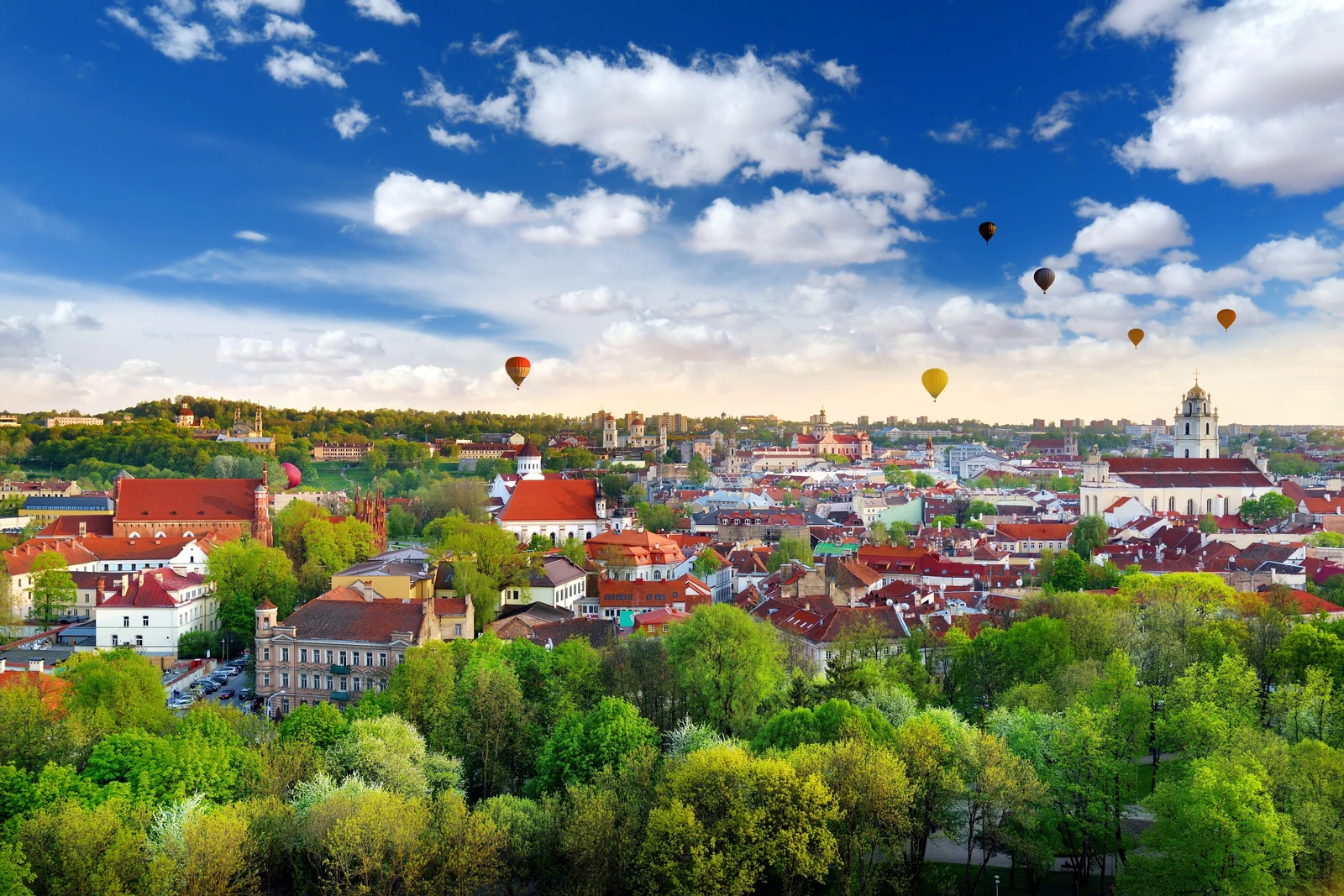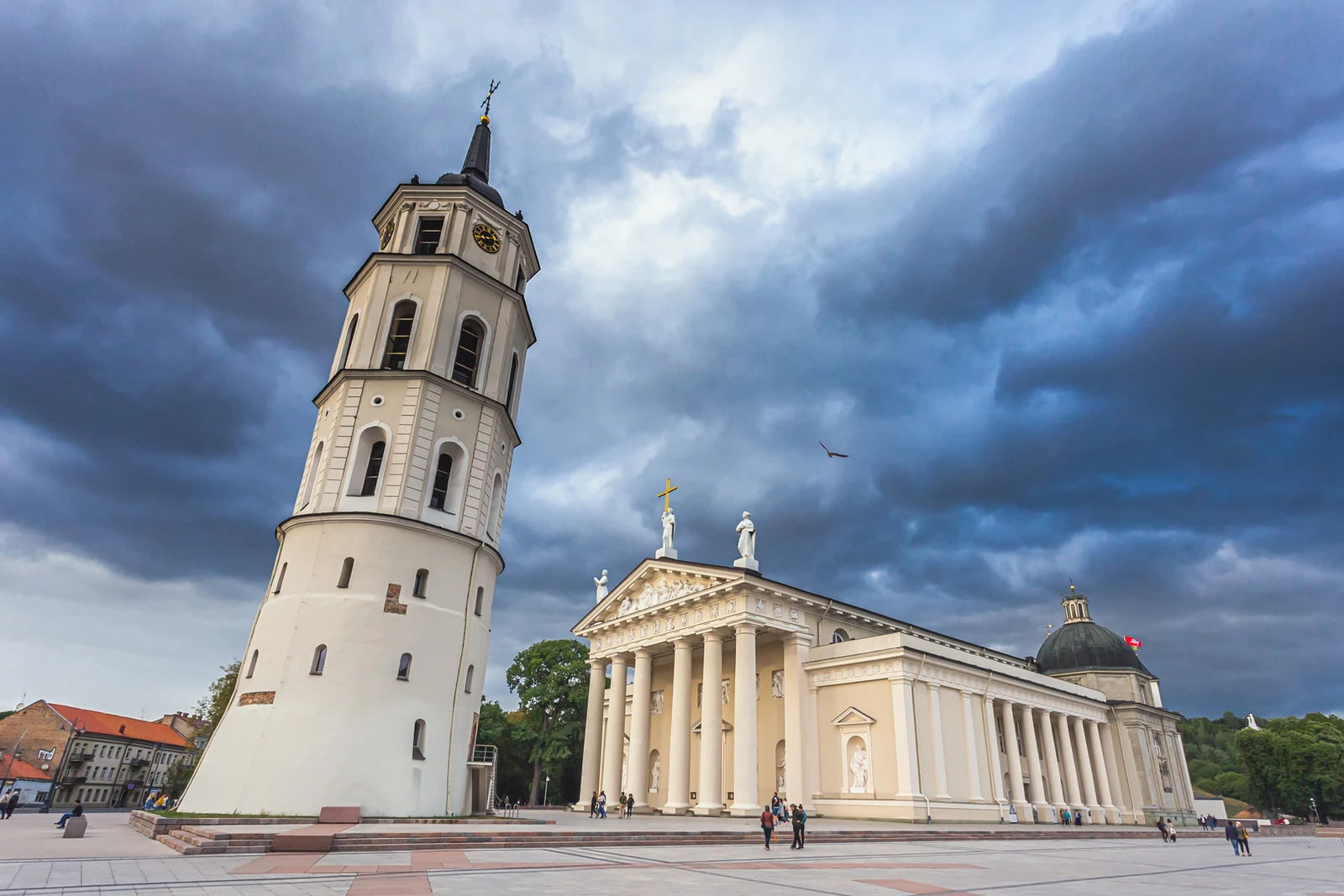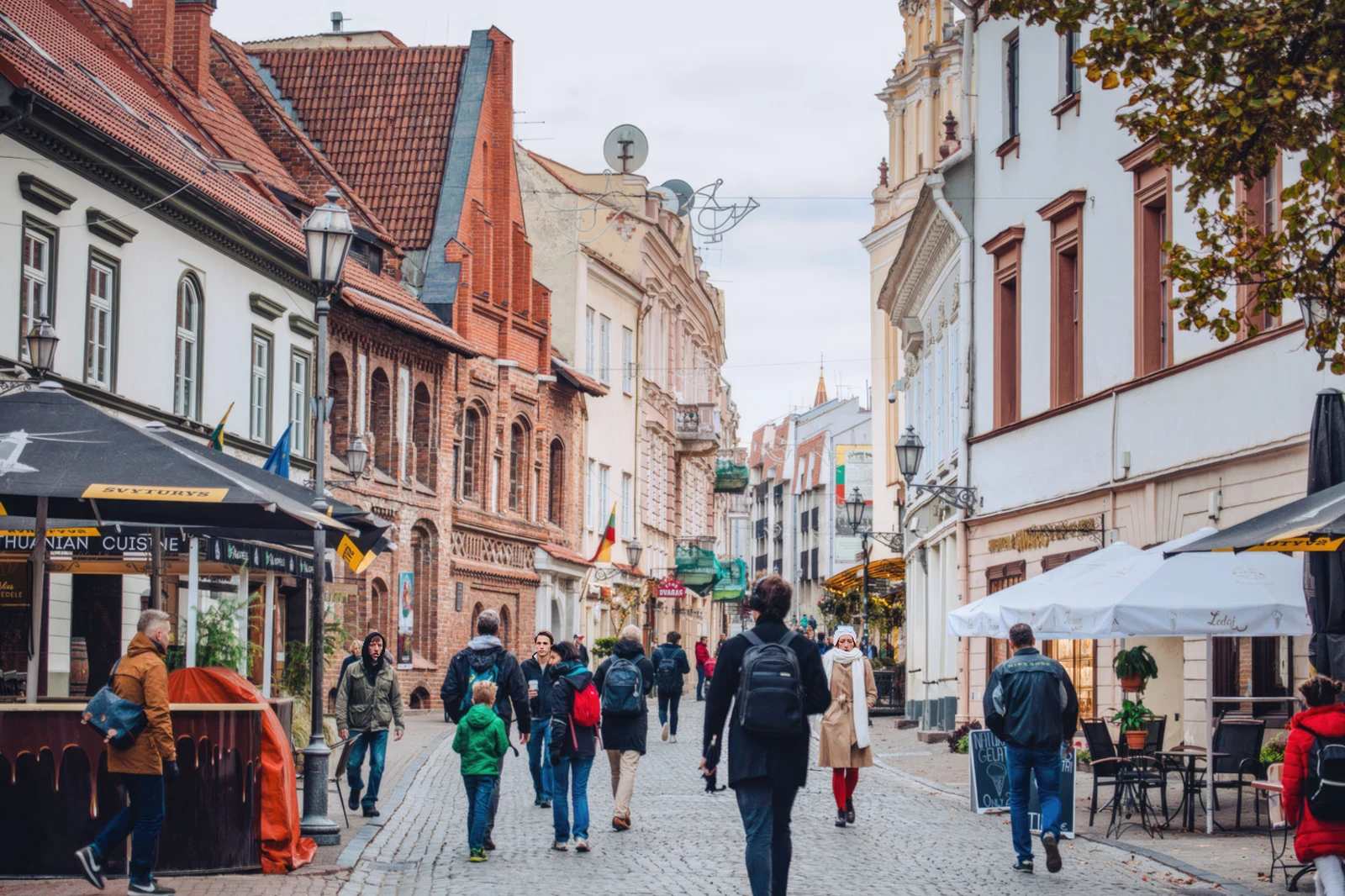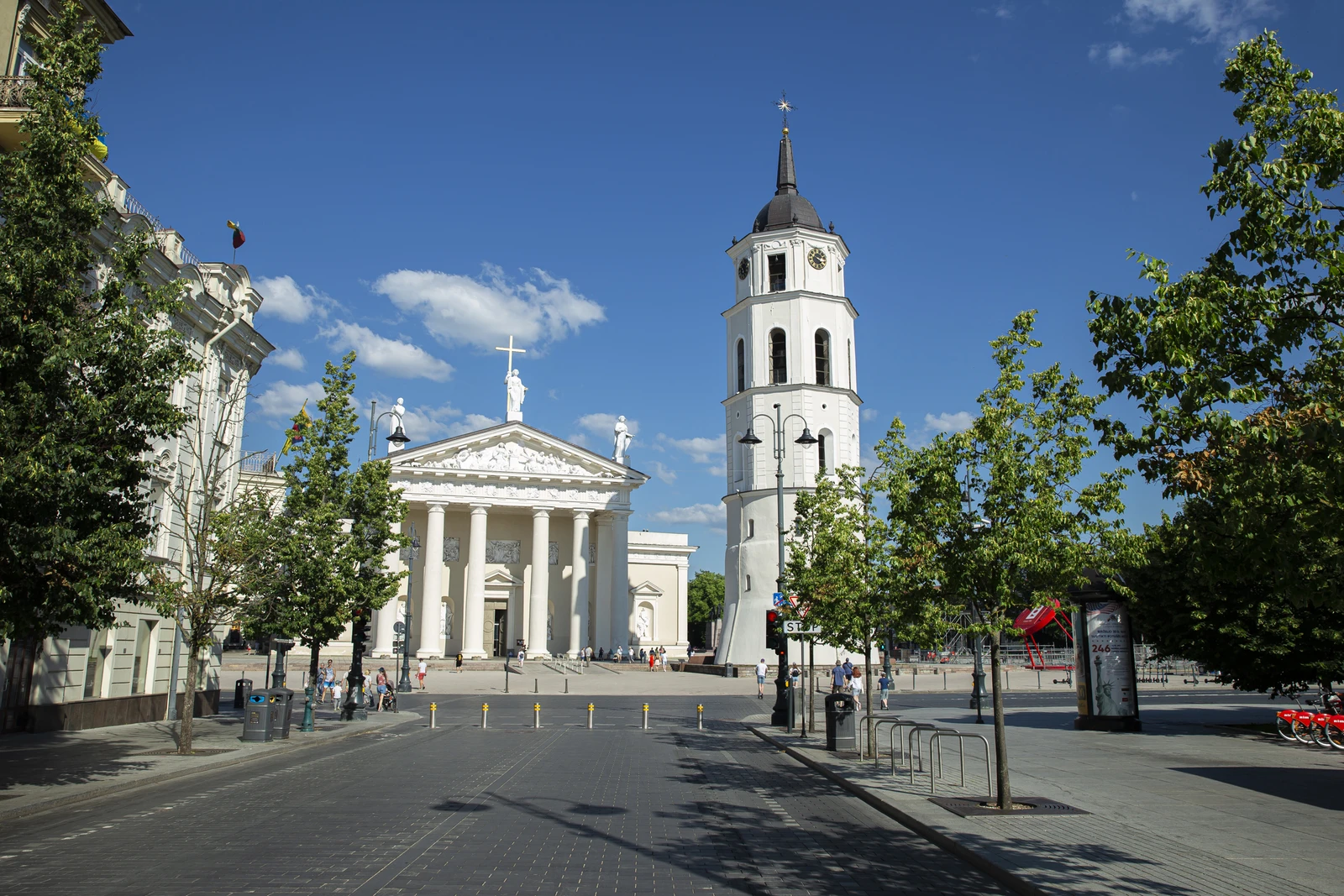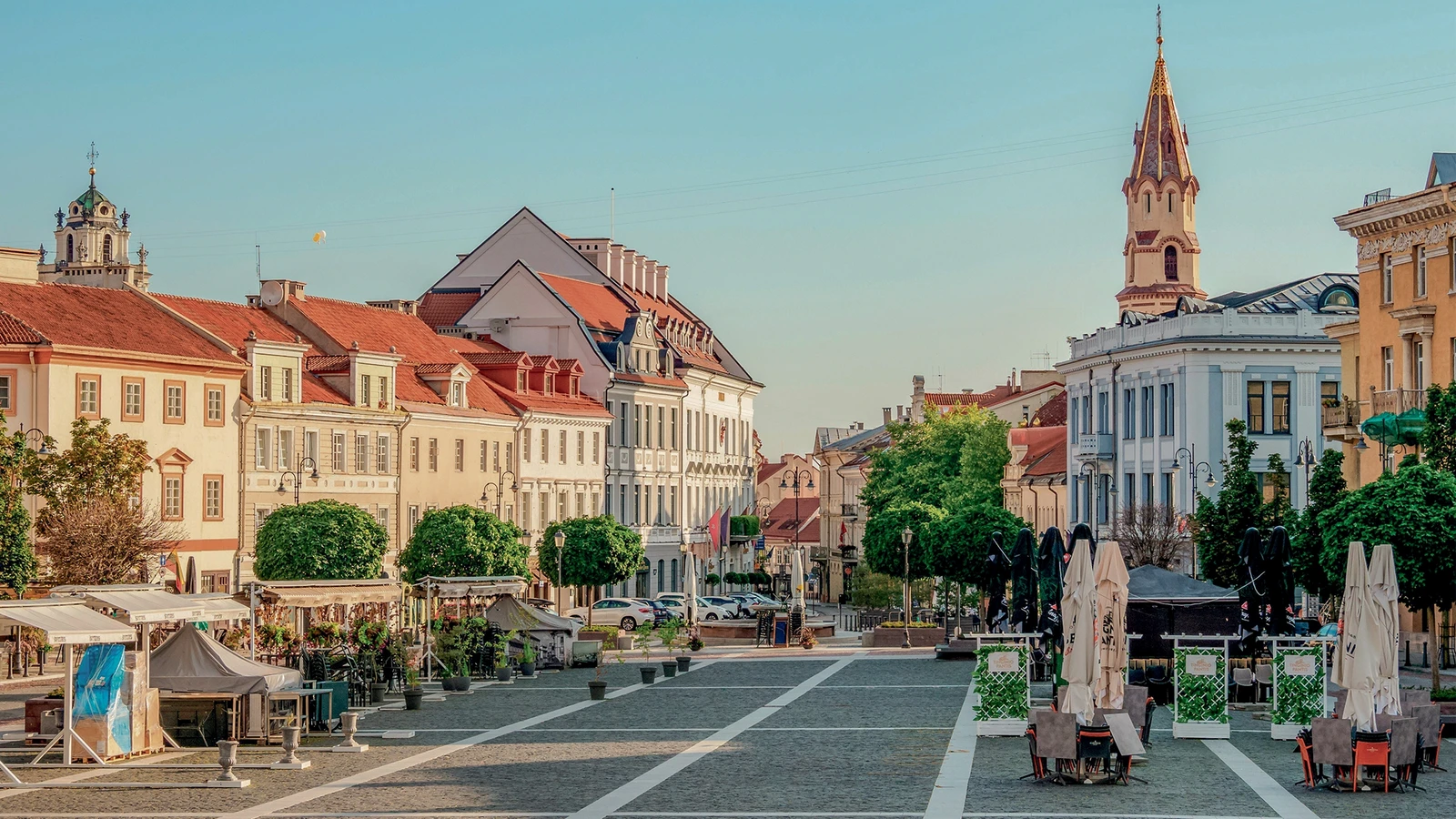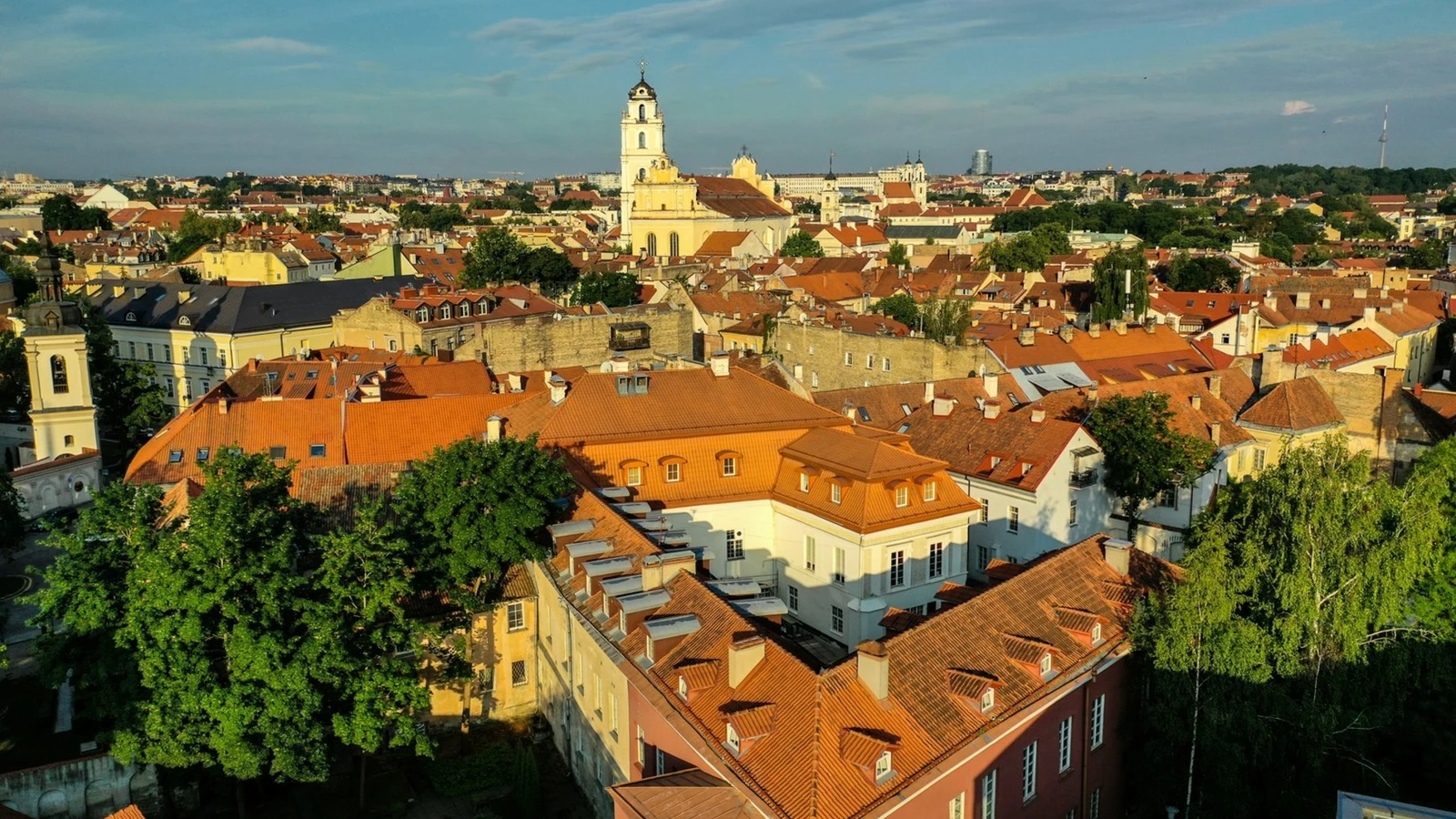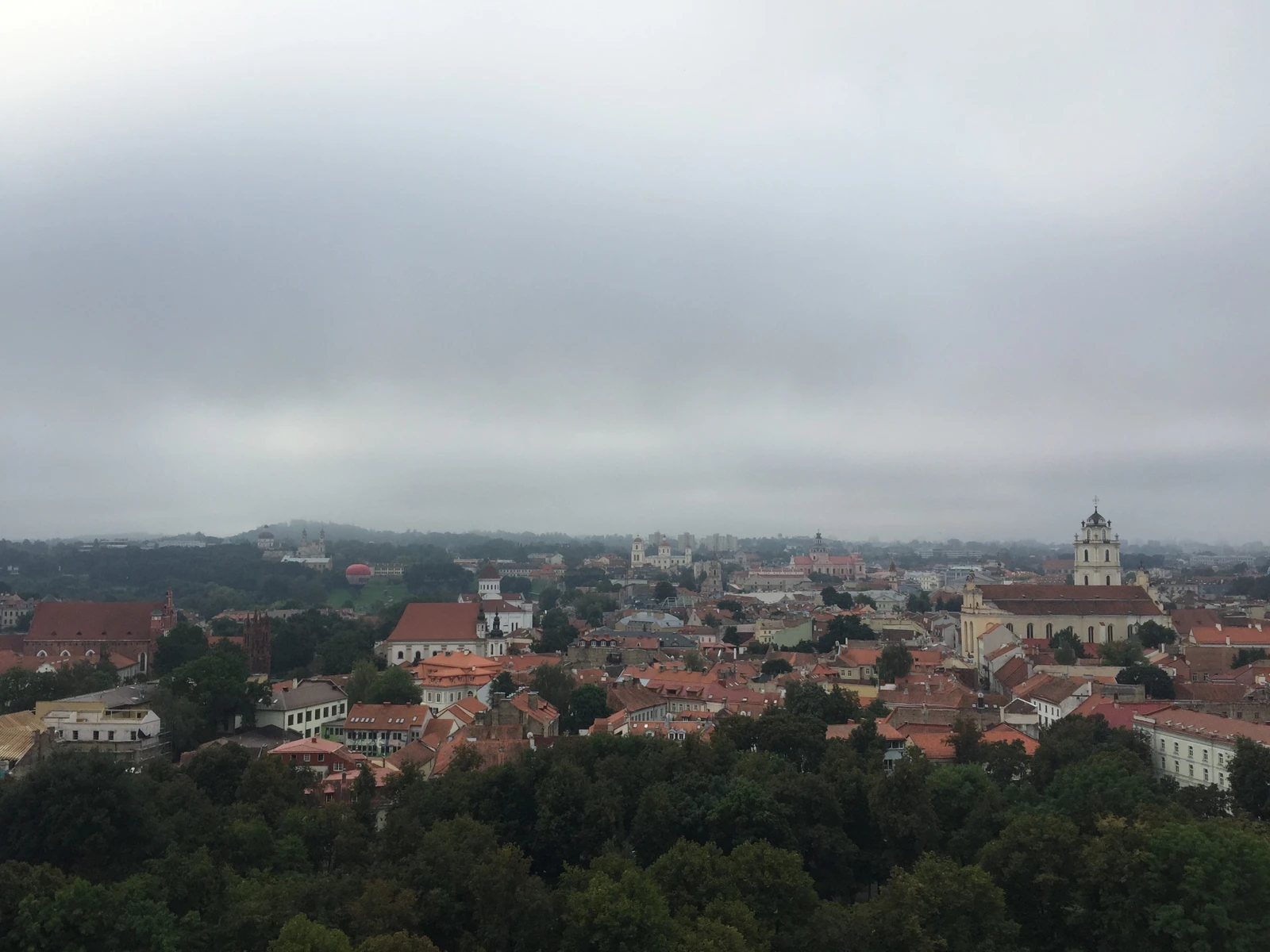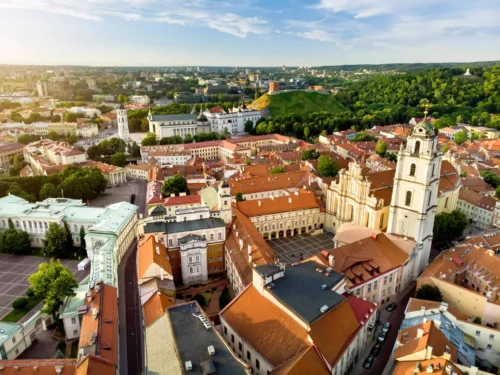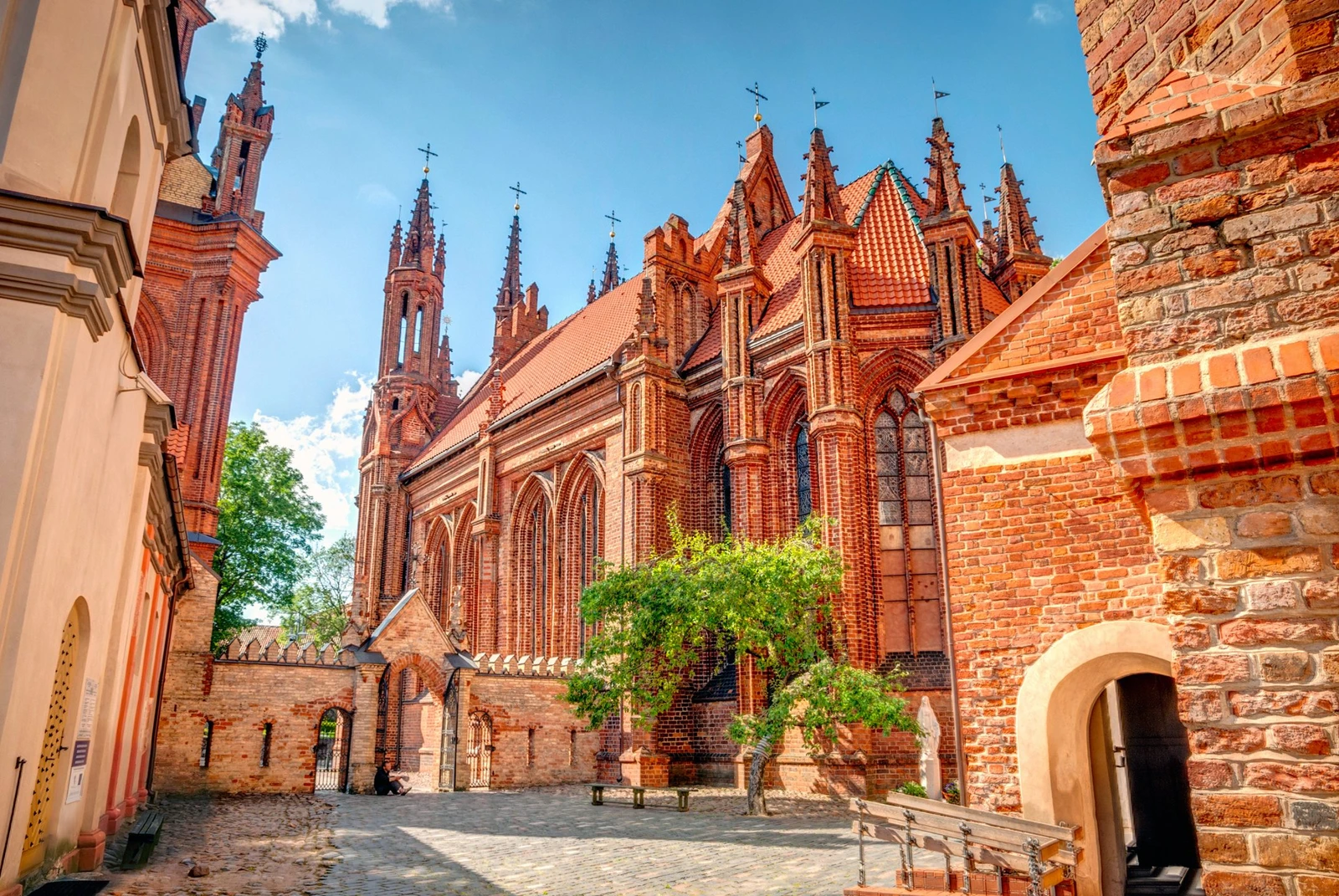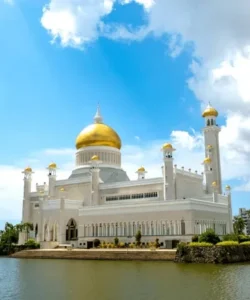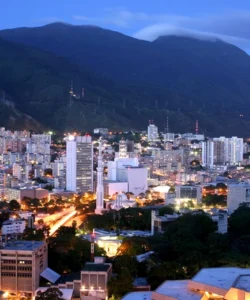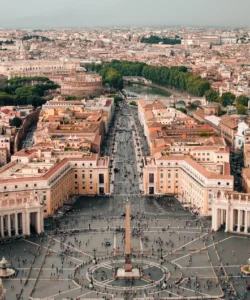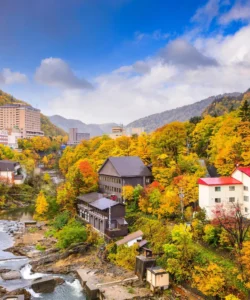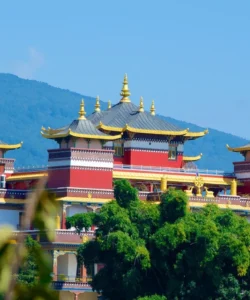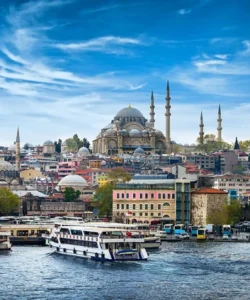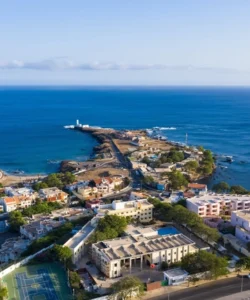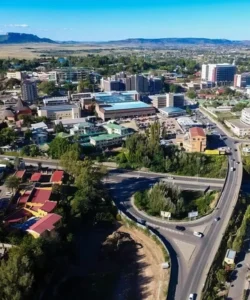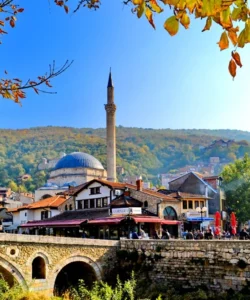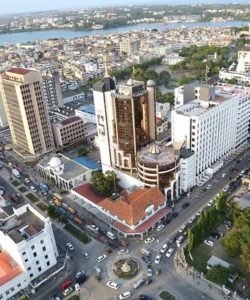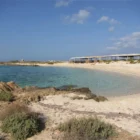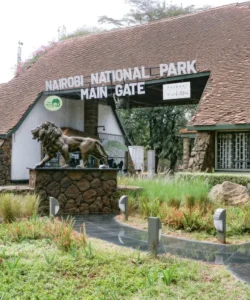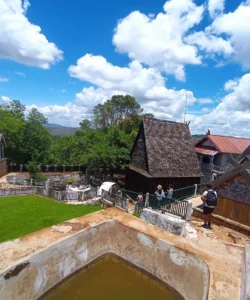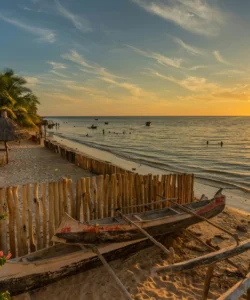Vilnius Old Town (Vilniaus senamiestis) is the historic heart of Lithuania’s capital city, Vilnius. A UNESCO World Heritage site, it is one of the largest and best-preserved medieval old towns in Northern Europe, renowned for its stunning architectural diversity, particularly its exceptional collection of Baroque buildings. It offers a captivating journey through centuries of history, reflecting Lithuanian, Polish, and other influences, and remains a vibrant, living center of culture, faith, and urban life.
Listen to an introduction about Vilnius Old Town

Name: Vilnius Old Town (Vilniaus senamiestis)
Address: Vilnius, Lithuania. It encompasses a vast area, roughly defined by the rivers Vilnia and Neris, and the former city walls. Key streets include Pilies Street, Didžioji Street, and Vokiečių Street.
How to get there:
Reaching Vilnius Old Town, involves a significant international journey to Europe, followed by domestic travel to Vilnius:
- From Vilnius International Airport (VNO) to Old Town:
- By Train: A dedicated train service connects the airport to Vilnius Railway Station (Geležinkelio St. 16). The journey takes about 7 minutes. From the railway station, the Old Town is a 10-15 minute walk or short bus/taxi ride.
- By Bus: Local buses (e.g., Line 3G, 88) connect the airport to various points in the city center and near the Old Town.
- By Taxi/Ride-hailing (e.g., Bolt/Uber): Readily available and convenient for direct transfer to your accommodation in the Old Town.
- Within Vilnius Old Town: The Old Town is primarily explored on foot. Its narrow, winding streets are best experienced by walking. Some areas might have limited car access, primarily for residents and deliveries.
Best Time to Visit:
Vilnius Old Town is charming year-round, but the best time for comfortable exploration and vibrant atmosphere is generally:
- Late Spring (May to early June): Pleasant temperatures, blooming flowers, and fewer crowds than peak summer.
- Summer (Mid-June to August): Warmest weather, lively outdoor cafes, and numerous festivals and events. Can be more crowded.
- Early Autumn (September to early October): Crisp air, beautiful fall foliage, and still pleasant temperatures.
Winter (November to April) can be very cold and snowy, offering a magical, picturesque atmosphere, especially around Christmas, but with fewer outdoor activities.
Landscape and Architecture:
Vilnius Old Town’s “architecture” is its remarkably preserved urban fabric, featuring a dominant Baroque style alongside Gothic, Renaissance, and Neoclassical influences, all adapted to a hilly and riverine setting:
- Baroque Dominance: What makes Vilnius Old Town particularly famous is its overwhelming collection of Baroque architecture. While it began as a medieval city, a significant rebuilding effort after a major fire in the 17th century led to the widespread adoption of Baroque, giving it a distinctive and ornate character.
- St. Anne’s Church: A Gothic masterpiece, famous for its intricate brickwork and slender spires. Its flamboyant style is exceptional, and legend says Napoleon wished to carry it home on the palm of his hand. It’s often paired with the adjacent Bernardine Church, showcasing the evolution of styles.
- Vilnius Cathedral Basilica: A neoclassical masterpiece built on the site of earlier pagan temples and Christian churches. Its imposing facade and grand interior are prominent. Its bell tower, a separate structure, offers panoramic views.
- Gates of Dawn (Aušros Vartai): The sole surviving gate of the original city walls, housing a revered icon of the Blessed Virgin Mary, Mother of Mercy, which is a significant pilgrimage site for Catholics. The shrine is built directly into the city gate.
- Vilnius University: One of the oldest universities in Eastern Europe, its complex of courtyards, halls, and a Baroque church (St. Johns’) reflects centuries of academic and architectural development.
- Palace of the Grand Dukes of Lithuania: A meticulously reconstructed historical palace, showcasing the grandeur of the former rulers and housing a museum.
- Presidential Palace: The official residence of the President of Lithuania, featuring a classical façade.
- Cobblestone Streets and Narrow Alleys: The Old Town is characterized by its winding, sometimes irregular cobblestone streets, hidden courtyards, and narrow alleys, encouraging leisurely exploration.
- Steep Hills and River Views: The city is built on several hills, providing elevated viewpoints, and is framed by the Vilnia and Neris rivers, adding to its picturesque landscape.
- Gediminas Tower: A medieval tower on Gediminas Hill, offering panoramic views of the Old Town and a key historical symbol.
- Uzupis Republic: A quirky, self-declared “republic” within the Old Town, known for its bohemian atmosphere, independent spirit, and a unique constitution (displayed on a wall). Its more informal, artistic architecture and murals offer a different vibe.
What makes it famous:
Vilnius Old Town is famous for:
- UNESCO World Heritage Site: Recognized for its outstanding universal value as a well-preserved historic urban ensemble that reflects the blend of East and West, particularly its diverse architectural styles.
- Baroque Architecture: It boasts one of the largest and most concentrated collections of Baroque architecture in Europe, earning it the nickname “Rome of the East” or “Baroque city.”
- Historical and Cultural Crossroads: Its unique blend of architectural styles and cultural influences (Lithuanian, Polish, Belarusian, Jewish, Russian) reflects its long history as a multi-ethnic, multi-religious city at the crossroads of Central and Eastern Europe.
- Resilience and Survival: Despite numerous wars, occupations, and destructions throughout its history, the Old Town has largely preserved its medieval street plan and a significant portion of its historic buildings, showcasing remarkable resilience.
- Living, Vibrant City: It’s not a museum piece but a thriving city center, with active residents, shops, restaurants, cafes, and a lively cultural scene.
- Gates of Dawn and Sacred Icon: A significant pilgrimage site for Catholics due to the revered painting of the Virgin Mary.
- Uzupis Republic: The quirky and artistic self-proclaimed republic adds a unique, bohemian, and humorous dimension to the Old Town.
- Beautiful Churches: An abundance of diverse and architecturally significant churches, reflecting various denominations and styles.
Differences from some other wonders:
Vilnius Old Town distinguishes itself from other historic cities or old towns in several key ways:
- Baroque Density (Northern Europe): While many European cities have Baroque elements, Vilnius Old Town’s overwhelming and consistent Baroque character across a vast area is unique, particularly for a city in Northern or Eastern Europe. It stands apart from primarily medieval (e.g., Tallinn) or Renaissance (e.g., Krakow) old towns.
- Fusion of Architectural Styles (Organic Evolution): Its unique blend isn’t just a jumble; it’s an organic layering of Gothic, Renaissance, and dominant Baroque, showing how styles adapted over centuries, reflecting the city’s complex history as a cultural melting pot. This contrasts with more uniform colonial towns (e.g., some in Latin America).
- “Rome of the East” Nickname: This moniker, derived from its numerous churches and consistent Baroque splendor, highlights its distinct identity within the broader European context.
- Gates of Dawn as a Shrine: The integration of a revered pilgrimage shrine directly into a surviving city gate is a unique feature that blends defensive architecture with deep religious devotion in a very tangible way.
- Uzupis as a Quirky Enclave: The presence of the self-declared “republic” of Uzupis provides a contemporary, artistic, and whimsical counterpoint to the historical grandeur, adding a distinct and often humorous cultural layer not found in most other UNESCO old towns.
- Less Overtly Tourist-Centric: While popular, Vilnius Old Town often feels less overtly commercialized or “staged” than some other highly famous European old towns, maintaining a strong sense of local life and authenticity.
In essence, Vilnius Old Town is a captivating and enduring wonder, a vibrant tapestry of centuries of history, architectural brilliance (especially its Baroque masterpieces), and a unique cultural spirit that continues to thrive in the heart of Lithuania.
